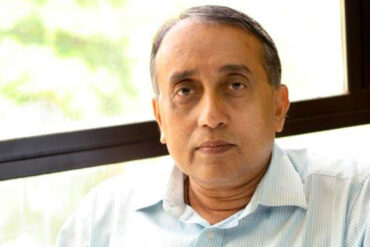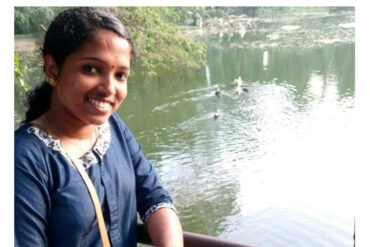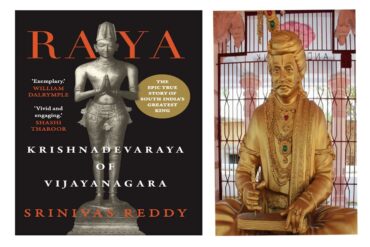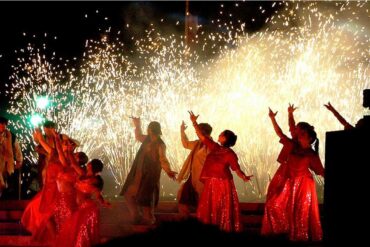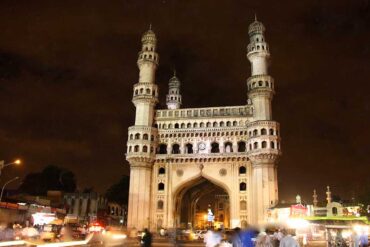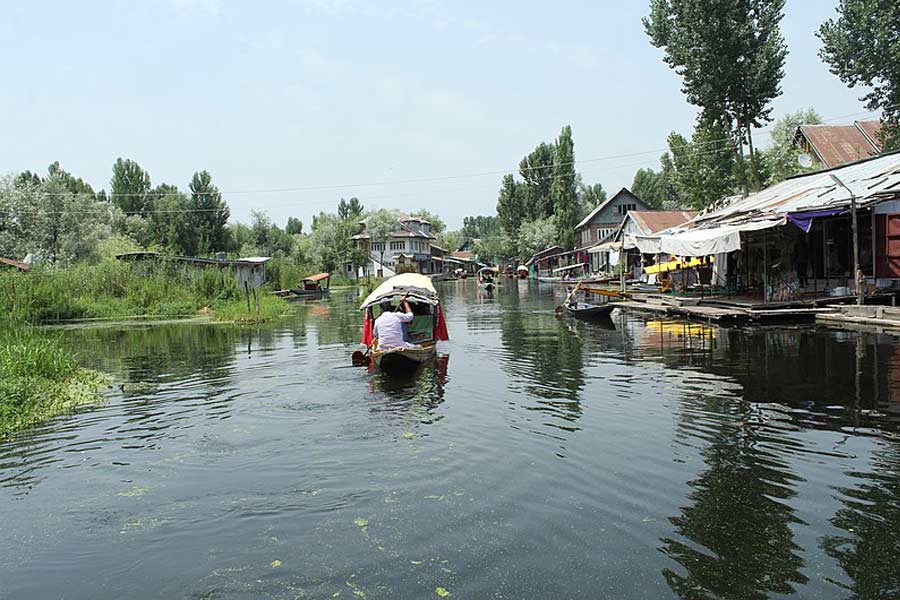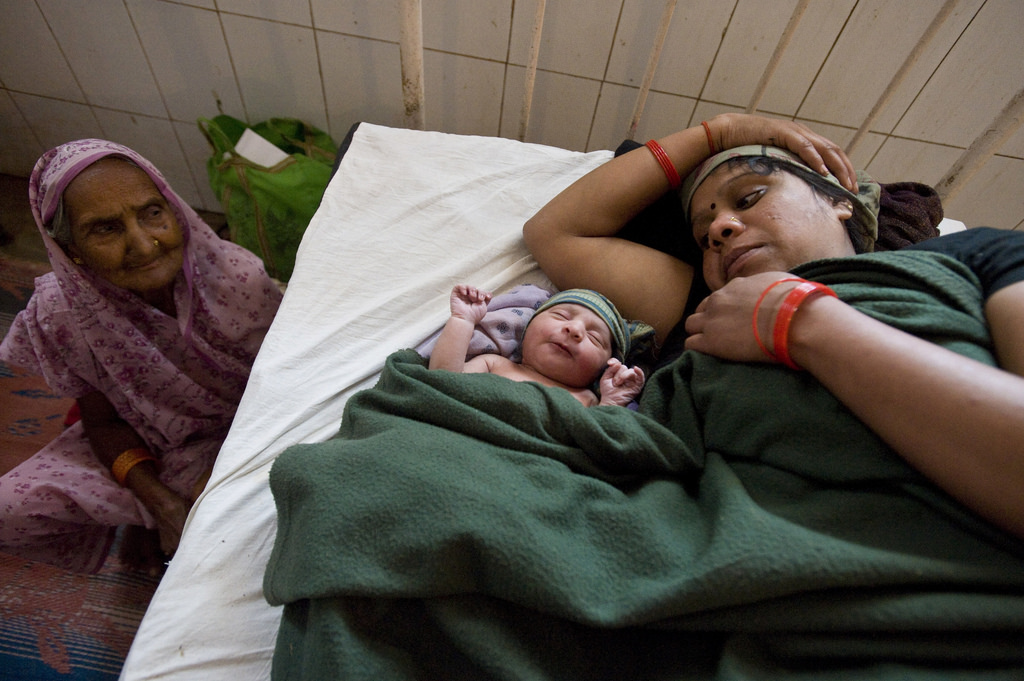Apart from the splendour of its landscape, the beauty of its freshwater lakes and Mughal gardens, its people’s hospitality and its Sufi culture of tolerance and transcendental spirituality, Kashmir is also known for its humour, satire and creativity. Through the years of oppression and suffering, Kashmiris have learned to laugh and poke fun at themselves and their perceived oppressors. In the new culture of resistance, hidden forms of expression are as relevant as the visible forms, displayed through slogans, graffiti, cartoons, music, protests, sit-ins, hunger strikes, candlelight vigils, and even stone pelting. How effective are the different forms of resistance? And what exactly constitutes creative forms of resistance?
As touched upon before, there is a widespread perception among the people that the narratives of India and Pakistan on Kashmir are written from hegemonic positions with monolithic projections that gloss over the realities and complexities of the conflict. These contentious perceptions have induced creative responses and endeavours, which go beyond prose, to investigate and study in order to challenge representations seen as ‘propagandist’ and ‘rhetorical’. That is why Kashmir has witnessed the emergence of new indigenous voices that not only offer fresh perspectives but also give us a sense of how Kashmiris have lived and experienced their conflict.
Cartoonists like Suhail H. Naqshbandi and Mir Suhail Qadri, rap artists like Mohammad Muneem and MC Kash, and musicians like Ali Saffudin are some of those who are employing creative forms to tell Kashmir’s story. Kashmir’s new literature of resistance cannot be brushed aside as merely a literature of propaganda or of protest. Rather, this new culture of writing and documentation offers an outlet to suppressed aspirations and an articulation of collective memories of pain and resilience. Kashmir’s award-winning artist and sculptor, Masood Hussain, came up with an artistic portrayal of the civilian uprising after Burhan Wani’s killing. He told Barkha Dutt on NDTV 24×7, in a programme aired on 18 August 2016, that he remained a silent spectator for a month, but once he saw pellet-hit children lying on hospital beds in distress and pain, something stirred within him. He saw the future of the young steeped in darkness and their dreams crushed.
As a result, Hussain decided to protest through his artwork. His most striking artwork includes a Kashmiri child holding a schoolbag full of stones; two boys, who have been blinded by pellets, walking together, a long shadow cast ahead of them; and a boy and a girl with pellet-marked faces, wearing oversized sunglasses. His images are self-explanatory, and he calls them ‘silent images’. These have replaced the beautiful landscape, social life and culture of his earlier paintings. Generally, Kashmiri women used to frequently visit shrines, which are located at every nook and cranny of the Valley and also act as cathartic spaces apart from being places of spirituality and meditation.
Dr Arshad Hussain, one of Kashmir’s leading psychiatrists, often tells me that in Kashmir, ‘God is a doctor’, meaning that faith in God and the practice of visiting shrines in Kashmir has actually been a liberating, cathartic and therapeutic experience for many. Women used to visit yarbals where they would wash their clothes and talk. Many Kashmiris would also visit famous alcoves of almonds like Badamwari in Srinagar to spend time with their spouses, kids, parents and grandparents.
Because of the conflict, uncertainty, urbanization, environmental degradation and modern lifestyles, some of these spaces have been lost in the last three decades. That’s why people in Kashmir now employ various means to vent their inner feelings to stay sane. Kashmir today has many cafés and other public spaces where the young and assertive generation can be seen writing their stories, creating pieces of art, making cartoons, reciting poetry and discussing contemporary politics passionately.
Before the outbreak of the current conflict, there were many spaces, like Srinagar downtown’s Waane Pyaend, which would act both as an intellectual and a cathartic space during the continued battle for existence and identity. Many attempts are now being made to reclaim these lost social and intellectual spaces. There are many who are making efforts to create such spaces for discussions and debates, and conducting talks and workshops on important sociopolitical and cultural themes.
Yet, it is difficult to foretell what this new phase of resistance might bring about. Among the creative chroniclers of Kashmir’s contemporary history, one name stands out—the late Agha Shahid Ali, who inspired many with his poetry collections like The Country Without a Post Office. He is often credited for narrating the Kashmir story to the wider world.
Mushtaq Kashmiri is another poet whose name immediately comes to mind when one thinks of Kashmir. Born in a middleclass family in Srinagar, Mushtaq migrated to Pakistan with his wife and four daughters. Named Ghulam Mohammad Bhat, he shot to literary fame as ‘Mushtaq Kashmiri’. After his poems and writings in Kashmiri and Urdu upset the powers-that-be, he went into a self-imposed exile. As per reports, the Jammu and Kashmir Cultural Academy has not kept records of his work for obvious reasons. Poetry, it is widely believed, speaks unpalatable truths and unravels many a knot. And it unveils secrets, too.
Prose might make people think about what is happening around them, but poetry gives them ways of understanding and interpreting. I remember several evocative conversations with a widely respected humourist-poet, Zareef Ahmad Zareef, at his ancestral home in downtown Srinagar, very close to the famous shrine of Sheikh Hamzah Makhdoom Saheb (also known as Hazrat ‘Sultanul-Arifeen’) on the southern side of Hari Parbat Hill. Zareef is renowned for his wisecracks and witticisms in Kashmiri. It doesn’t take the old man long to have his audiences in stitches with his witty remarks and satirical one-liners. He delivers amazing dialogues with utmost ease, especially in the language he knows the best—Kashmiri. One of his collections, titled Taaran Garee (Trickery), covers the complexities of the Kashmir conflict in a satirical manner and was well received.
Once, Zareef imparted an unforgettable lesson about driving on Kashmir’s roads to me. ‘Look, whenever you see an autorickshaw in front of you indicating it is turning right, please bear in mind that it will inevitably turn left.’ His advice has stood me in good stead! Though the audience bursts into laughter whenever Zareef is on stage, he manages to keep a straight face. He hurls his sharp remarks at an impressive speed. But, the circumstances in Kashmir have led to the emergence of many speed breakers even on the ‘highways of poetry’. During an interview, Zareef told me that he no longer enjoys writing satire and humour. ‘How can I even make (an) attempt to think of making the people laugh with humour and satire, when many of them are being killed, tortured, tormented, raped, maimed and disappeared in custody?’
Besides the above, dramas are also staged with themes that are relevant to the Kashmir discourse, for instance, an I-card becoming the most important document in one’s life. Stepping out without one can mean a severe thrashing by government troops; in some cases, it might even lead to detention, interrogation, arrest and sometimes death.
During the 1990s, during what became routine frisking in private and public buses, government forces personnel would ask for identity proofs. If someone had forgotten to carry their I-card, it meant a catastrophe. Mohammad Amin Bhat, a well-known theatre personality in Kashmir, had written a play about the importance of this document in Kashmir and how a piece of paper came to be valued more than an individual’s life. ‘Shanaakhti Card, Kashmir Aur Drama’ (Identity Card, Kashmir and Drama) was screened at Srinagar’s Tagore Hall in 2006. Shareef-ud-Din Shehri, the lead character, is a middle-class state government employee who makes ends meet with great difficulty. One day, while on his way to office, Shareef-ud-Din’s pocket is picked and he loses his wallet, which had his I-card along with some money and other documents. As fate would have it, the pickpocket meets with a road accident and dies on the spot. His face is disfigured beyond recognition. After finding the I-card, wallet and other things in his possession, the police personnel investigating the case conclude that the deceased is Shareef-udDin. His family is informed and the body handed over to them. Despondent about his lost wallet, Shareef-ud-Din reaches home. He is shocked to find his family, friends and relatives mourning his ‘death’. He tries to convince them that he’s alive, but no one believes him. ‘We’ve seen your I-card and dead body, why should we believe you, you impostor!’ Disappointed, Shareefud-Din decides to arrange for his own burial despite being alive.
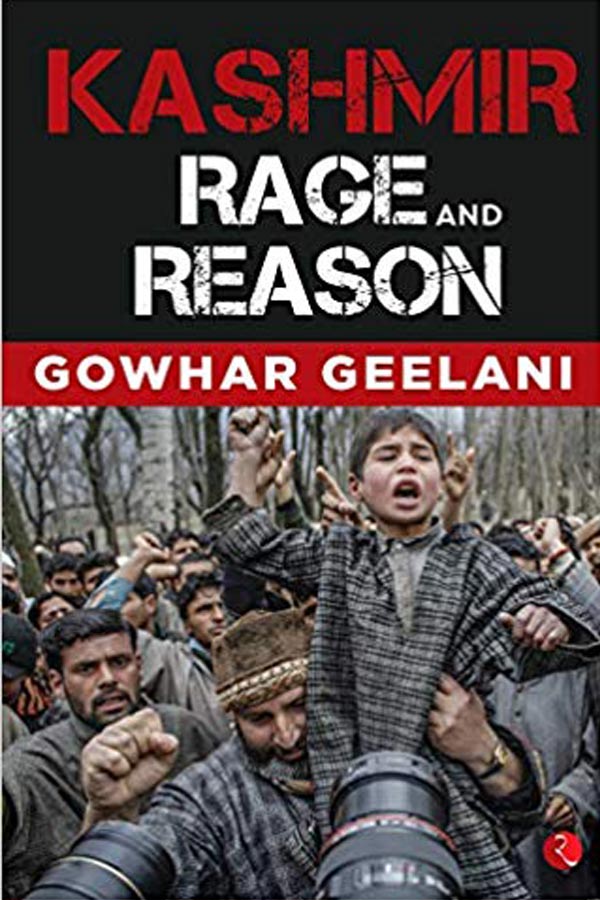
Excerpted from the book Kashmir: Rage and Reason by Gowhar Geelani; Rupa Publications

